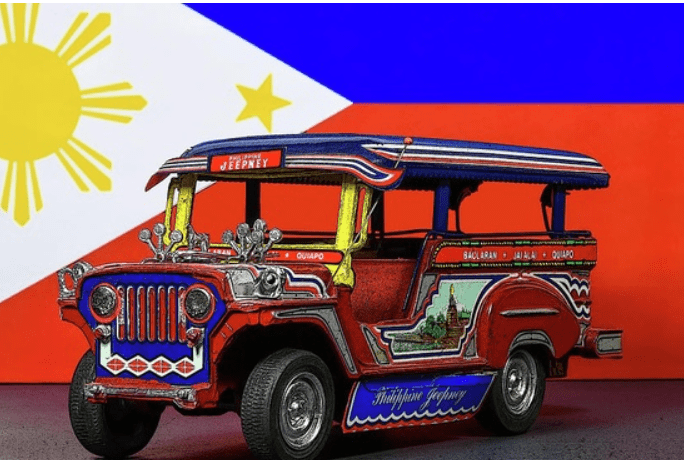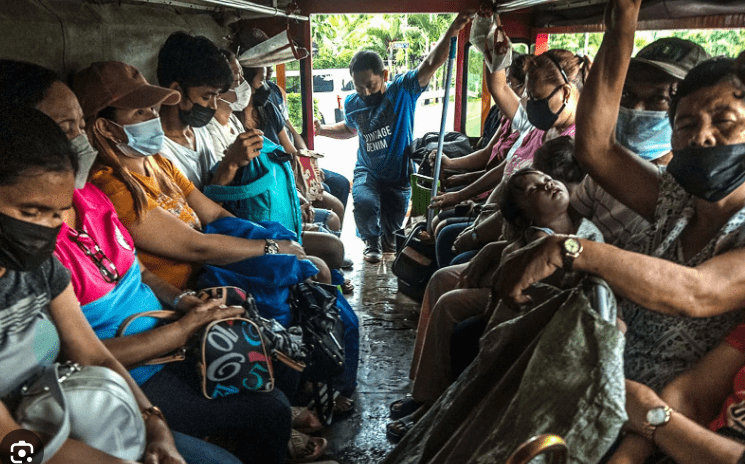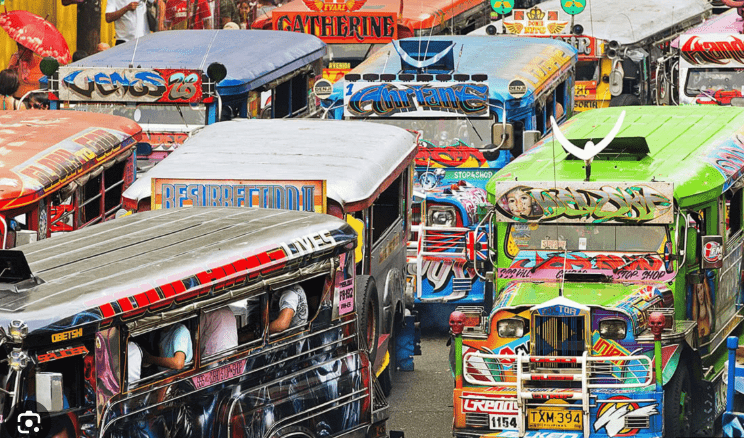





The Jeepney Phase-out marks a significant shift in how PUV franchises are assigned and routes are structured. It’s just one step in a bigger plan known as PUV Modernization.
This program unfolds in multiple phases: retiring old vehicles that no longer meet roadworthiness and emission standards; reviewing and reorganizing routes, franchises, and vehicle roles; and introducing new systems and standards for public-serving vehicles.
From a diverse range of public utility vehicles, the aim is to consolidate them into four standardized classes.
To secure a franchise, drivers and operators must create cooperatives or corporations and register with the LTFRB, requiring a minimum of 15 PUV units per cooperative.
The government offers a financing package, named 5-6-7-8: 5% downpayment; 6% interest rate; 7 years to pay; and an P80,000 subsidy per unit.

Despite plans dating back to 2017 and initial implementation in 2020, clashes between jeepney stakeholders and the government have caused delays, fueled by transport strikes, the COVID-19 pandemic, and government reviews.
Critics argue that the challenge is more than financial for jeepney drivers, extending beyond economics. The Jeepney Phase-out is a pivotal element in the broader PUV Modernization plan. To comprehend its workings, let’s explore all aspects of the issue.
Why the phase-out? Jeepneys have been a Philippine symbol for nearly 80 years, originating from WWII-era Willys Jeeps. Although they carry historical significance, these vehicles, based on an outdated design, lack efficiency, safety features, and comfort.
The PUV Modernization Program, launched in 2017, aims to overhaul the country’s public road transportation system for better safety, efficiency, and regulation. It covers various 4 to 6-wheeled passenger transport modes, not just jeepneys.
The need for change: The existing system faces inefficiencies, with various public transport vehicles overlapping in routes, franchises, and services. Jeepney Phaseout, notorious for poor maintenance, safety issues, and non-compensation for affected passengers in accidents, need upgrading.
Dated design concerns: The current jeepney design poses safety risks, lacks personal space delineation, and operates on an outdated boundary system, causing inefficiencies and accidents. The vehicles are typically powered by surplus Japanese diesel engines, contributing to inefficiency and emissions concerns.

Resistance and challenges: Despite the long-term benefits, stakeholders face resistance and challenges:
Endure old jeepneys or upgrade? The Jeepney Phaseout is a massive undertaking, reshaping an ingrained system for better safety, efficiency, and sustainability. While challenges persist, the prospect of organized, efficient, and potentially greener transport justifies the effort.
Do you believe the resistance to the jeepney phaseout is justified? Are the government’s requirements too demanding?
You May Also Like: